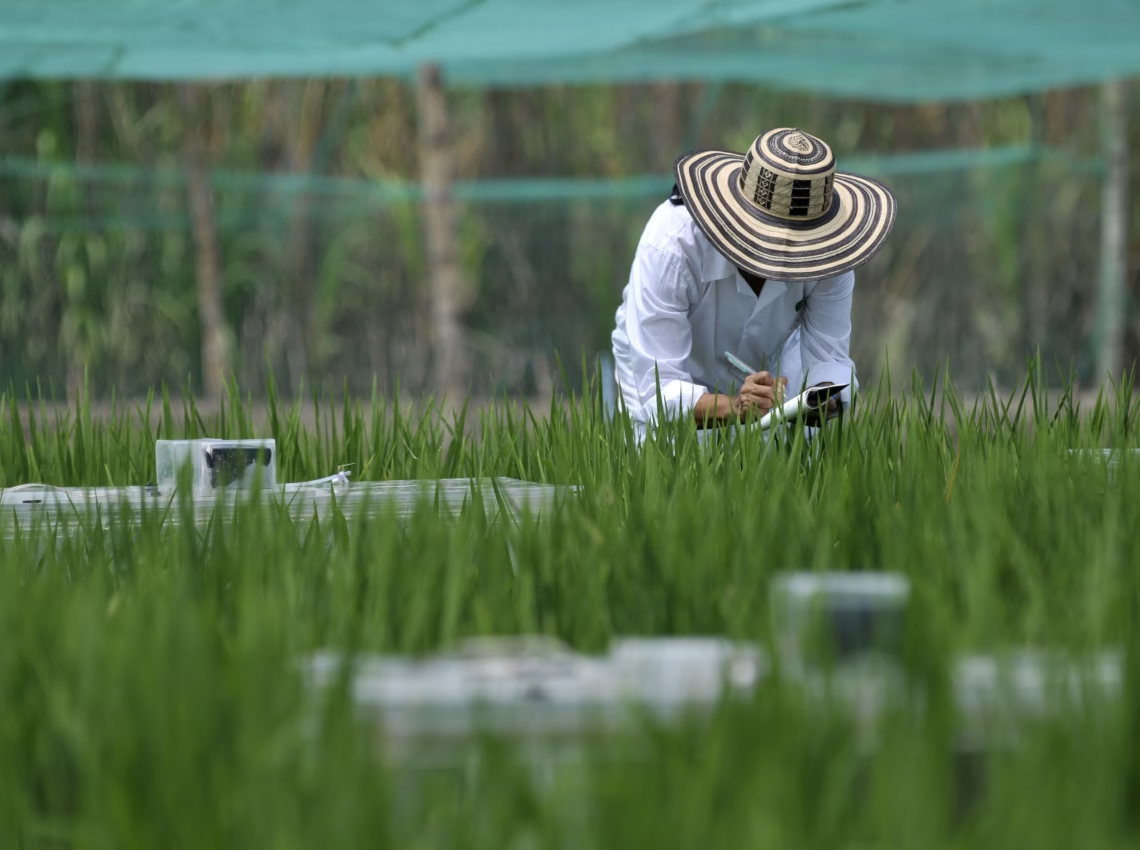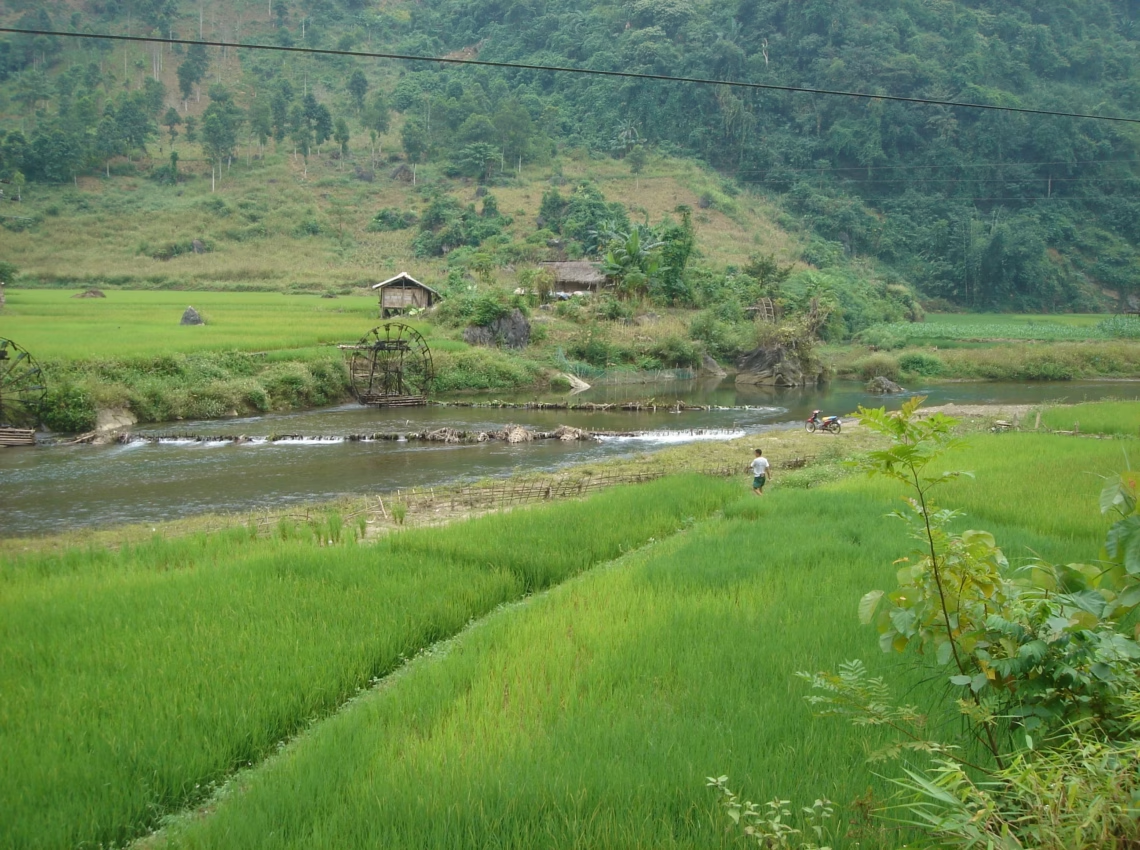7 Strategies Linking Climate Change, Agriculture, and Resilience
The impact of climate change on agriculture is intensifying, presenting challenges that affect global food security, rural livelihoods, and environmental sustainability. Farmers, policymakers, and environmentalists are navigating a unique crossroad where resilience is no longer a luxury but a necessity.
This post explores seven actionable strategies that connect climate change and agriculture, offering a pathway to strengthen resilience within agricultural systems. Through climate-smart agriculture, sustainable water management, soil health preservation, innovative technologies, supportive policies, community engagement, and carbon reduction practices, we’ll uncover how agriculture can effectively adapt to a changing climate while contributing to long-term environmental goals.
The Climate-Agriculture Nexus
Defining Climate Change and Its Impact on Agriculture
Global warming has pushed temperatures higher, shifted rainfall patterns, and intensified extreme weather events. For agriculture, this translates into lower crop productivity, increased pest and disease pressures, and reduced water availability—threats no farmer or policymaker can afford to ignore.
Why Resilience Matters in Agricultural Systems
Resilience ensures that farms can withstand and recover from climate-related shocks while continuing to produce food sustainably. By adopting resilience-building strategies, farmers and communities can mitigate risks, secure livelihoods, and contribute to combating climate change on a global scale.
Scope of This Article
This article provides clear, practical strategies to address these challenges, enabling communities to establish climate-resilient agricultural systems.
Strategy 1: Climate-Smart Agricultural Practices
Understanding Climate-Smart Agriculture (CSA)
CSA integrates enhanced productivity, climate adaptation, and mitigation. It encourages agricultural practices that combat climate impacts while minimizing greenhouse gas emissions.
Key CSA Practices
- Crop Diversification: Growing a variety of crops reduces dependency on a single type, ensuring resilience against climate variability.
- Agroforestry: Integrating trees into agricultural landscapes improves soil fertility, provides shade, and enhances biodiversity.
- Integrated Livestock and Crop Systems: Combining livestock and crop production optimizes resource use while reducing waste.
- Innovative Farming Technologies: Precision agriculture and sensors monitor conditions, helping farmers make informed decisions.
Strategy 2: Sustainable Water Management
Climate Impacts on Water Availability
Droughts and irregular rainfall exacerbate water scarcity, jeopardizing agriculture.
Solutions
- Efficient Irrigation: Drip irrigation delivers water precisely, minimizing waste in water-scarce areas.
- Rainwater Harvesting: Simple techniques like rooftop collection or storage ponds support water availability during dry spells.
- Reducing Water Pollution: Avoiding chemical runoff ensures safe water supplies for communities and farms.
Strategy 3: Soil Health Preservation
The Critical Role of Healthy Soil
Degraded soils lead to erosion, reduced fertility, and compromised crop growth. Climate stress makes this problem worse.
Solutions to Preserve Soil Health
- Conservation Tillage: Reducing or avoiding tillage minimizes soil disturbance, helping retain organic matter and reduce erosion.
- Cover Crops: Planting cover crops, such as legumes or grasses, enhances soil structure, prevents erosion, and restores nutrients.
- Composting and Organic Amendments: Adding organic matter like compost improves soil fertility while boosting water retention in drought-prone areas.
- Crop Rotation: Rotating crops cycles nutrients within the soil, breaking pest and disease cycles, and promoting long-term soil vitality.
Healthy soil is the foundation of resilient agricultural systems. By prioritizing sustainable soil management practices, farmers can ensure their land remains productive even as climate impacts intensify.
Strategy 4: Promoting Innovative Agricultural Technologies
The Role of Technology in Climate Resilience
Innovative farming technologies can revolutionize agriculture, making systems smarter, more efficient, and more adaptive to environmental changes.
Practical Technological Solutions
- Precision Agriculture: Technologies like GPS-guided equipment optimize planting, irrigation, and fertilization, reducing resource wastage and greenhouse gas emissions.
- Drought-Resistant Crops: Advances in crop science have developed seeds that thrive in low-water conditions, ensuring stability during dry seasons.
- Digital Tools: Smartphone apps and platforms provide farmers with real-time data on weather patterns, market insights, and soil conditions, empowering decision-making.
- Automated Systems: Robotics and AI solutions manage repetitive tasks like weeding or harvesting with efficiency, saving time and labor costs.
Integrating modern technologies into farming practices not only builds resilience but also improves productivity, enabling farmers to adapt to a rapidly changing environment.
Strategy 5: Policy and Institutional Support
Importance of Supportive Policies
Robust policies and institutional frameworks create an enabling environment for farmers and communities to address climate change impacts effectively.
Key Policy Actions
- Subsidizing Climate-Resilient Practices: Providing financial incentives for adopting sustainable approaches like CSA or advanced irrigation.
- Investing in Research and Development: Funding innovation in climate-smart technologies and techniques ensures solutions tailored to local needs.
- Strengthening Land-Use Policies: Enforcing land use and zoning regulations prevents degradation of natural ecosystems vital for agriculture.
- Insurance Programs for Farmers: Climate-specific insurance schemes protect farmers from financial losses caused by extreme weather events.
When governments and institutions prioritize resilient agriculture, they empower farmers to adapt, reduce vulnerabilities, and play an active role in combating climate change.
Building Resilient Soils
- Regenerative Farming: Practices like cover cropping and minimal tillage restore organic matter and improve soil structure.
- Carbon Sequestration: Healthy soils store carbon, reducing emissions.
- Rotational Grazing: Controls overgrazing, preserving soil cover and fertility.
Strategy 4: Leveraging Technology and Innovation
Advancing Agriculture Through Tech
Digital tools can monitor, predict, and adapt in ways humans never could alone.
Examples in Practice
- Precision Agriculture: Systems like drones and IoT devices provide real-time data on soil, weather, and crops.
- AI-Driven Analytics: Tools like predictive models offer insights to mitigate climate impacts.
- Drought-Tolerant Crop Varieties: Research into resilient seeds ensures yield optimization under adverse conditions.
Strategy 5: Promoting Policy and Institutional Support
The Role of Governments and Global Initiatives
Proactive policies are essential to empower farmers and accelerate adoption.
Actionable Steps
- Subsidies for CSA: Support for farmers investing in climate-friendly practices.
- Sustainable Land Use Policies: Incentives to prevent deforestation and soil degradation.
- UN Partnerships: Collaborations like the FAO and Green Climate Fund strengthen global support systems.
Strategy 6: Community Engagement and Knowledge Sharing
Local Solutions for Global Challenges
Communities are at the heart of climate resilience efforts.
Empowering Solutions
- Farmer-Led Initiatives: Programs led by farmers spread knowledge and innovation.
- Indigenous Practices: Incorporating traditional knowledge fosters sustainable solutions.
- Education Programs: Training on climate and resilience increases awareness and readiness.
- Women in Agriculture: Empowering women improves food production and community resilience.
Strategy 7: Reducing Agriculture’s Carbon Footprint
Agriculture and Global Carbon Levels
Methane from livestock and synthetic fertilizers are significant contributor to emissions.
Sustainable Solutions
- Renewable Energy in Farming: Solar panels and wind turbines power operations sustainably.
- Organic Farming: Reduces reliance on synthetic inputs and protects ecosystems.
- Natural Carbon Capture: Leverage techniques like afforestation to offset emissions.
Integrating Strategies for Long-Term Resilience
Why Integration is Crucial
Each strategy is impactful alone, but together, they form a holistic approach to climate-resilient agriculture.
Future Trends in Climate-Resilient Agriculture
Emerging technologies, global unity, and local leadership will define the next stage in agricultural evolution. Investing in these solutions ensures that both communities and ecosystems thrive amid climate challenges.
By adopting the seven strategies above, we can transform farming into a solution for climate change while safeguarding global food security.
Do you want to help create a sustainable future? Share this guide or help spread awareness by engaging in climate-smart initiatives in your community!
Meta Data
Meta Title
7 Strategies for Climate-Resilient Agriculture
Meta Description
Discover 7 powerful strategies to connect climate change to agriculture and resilience. Learn Climate-Smart practices, soil health tips, and policy initiatives!



